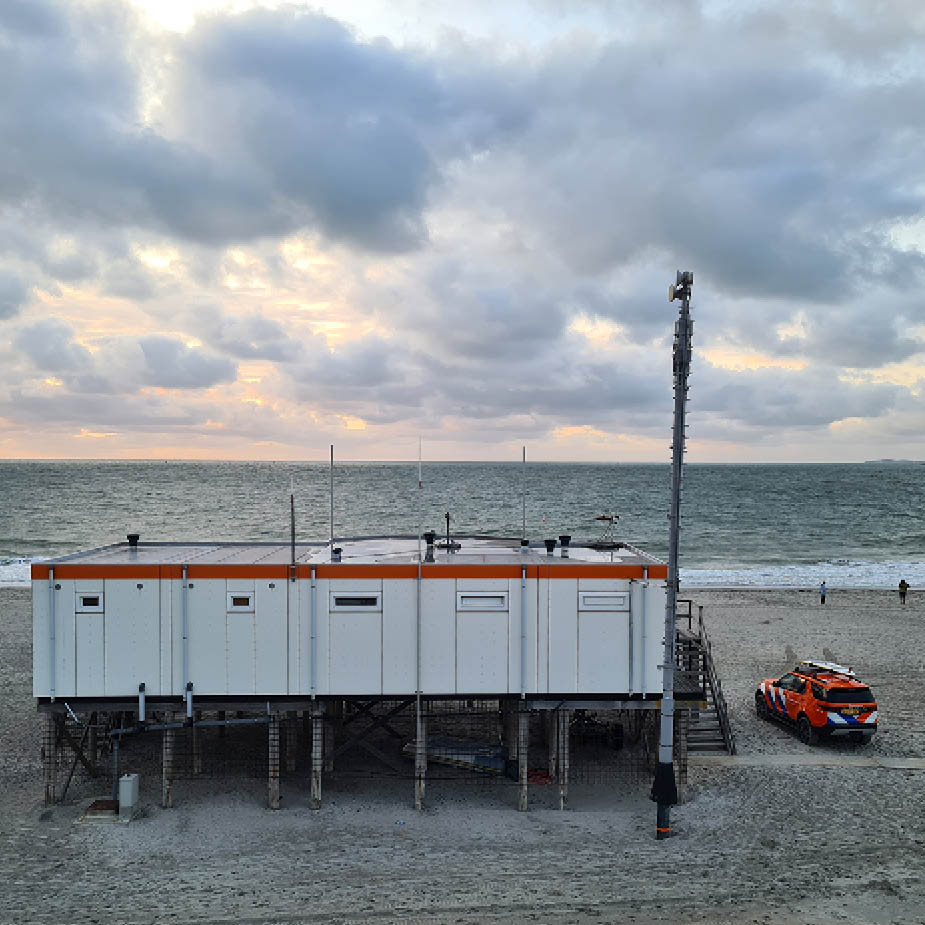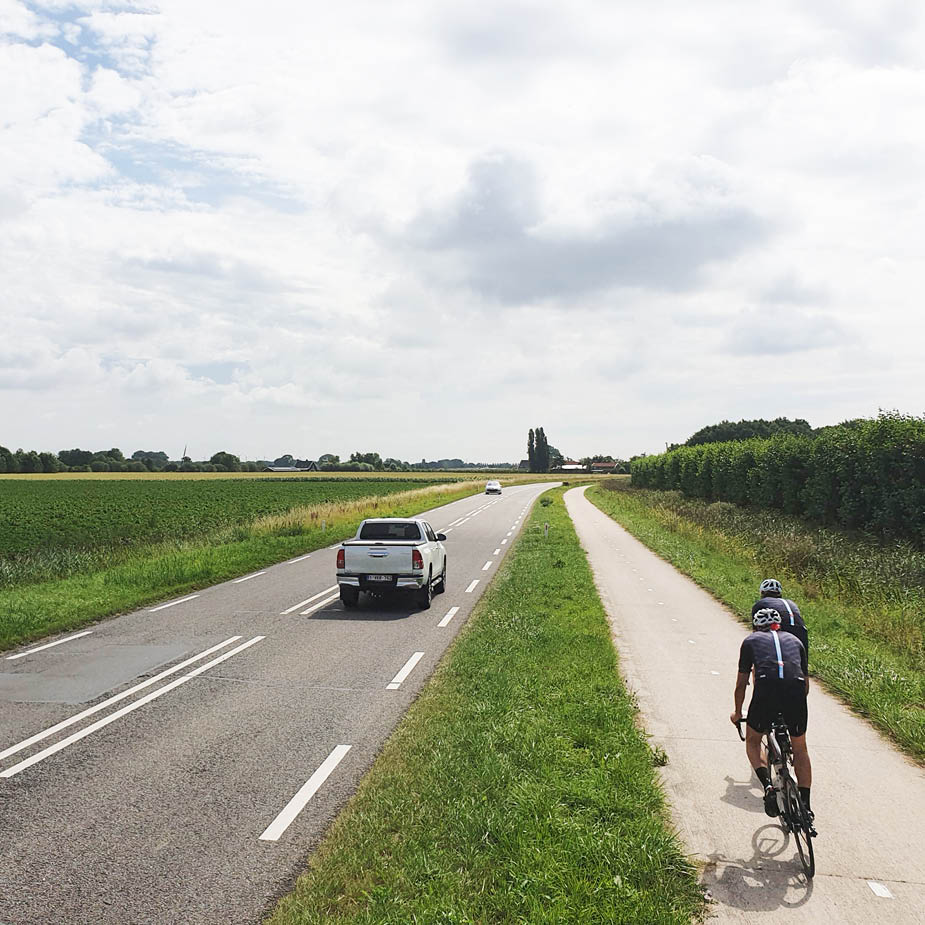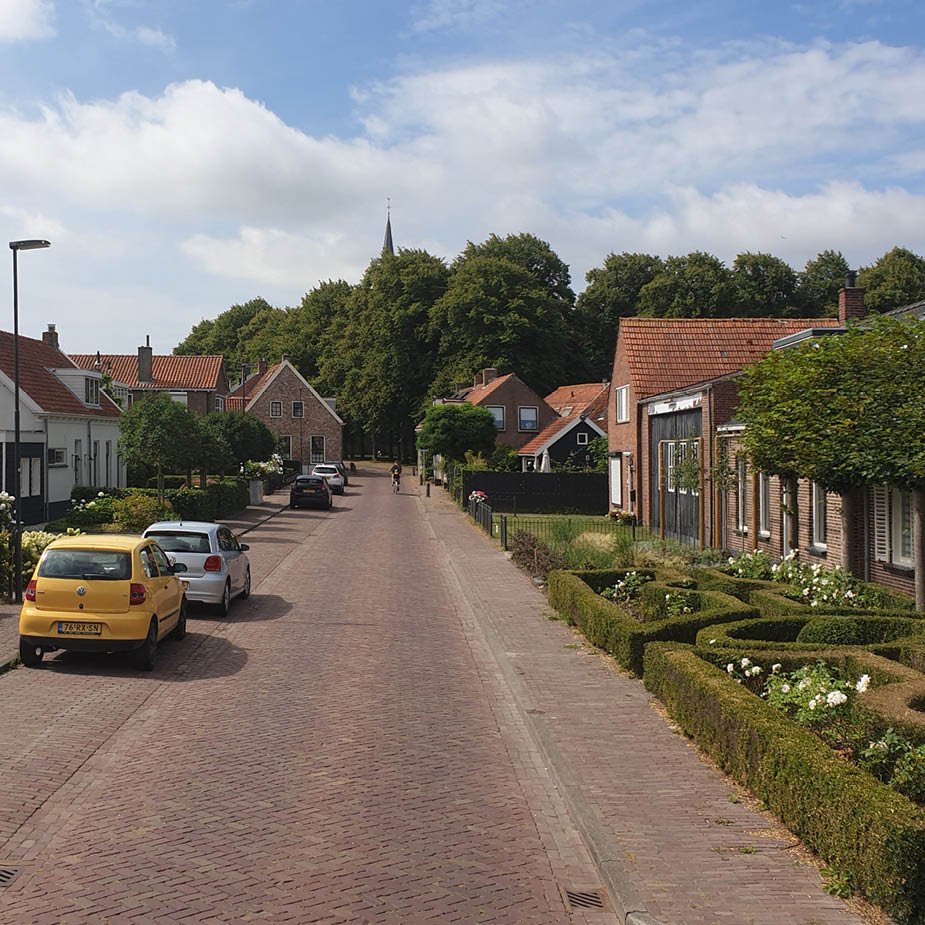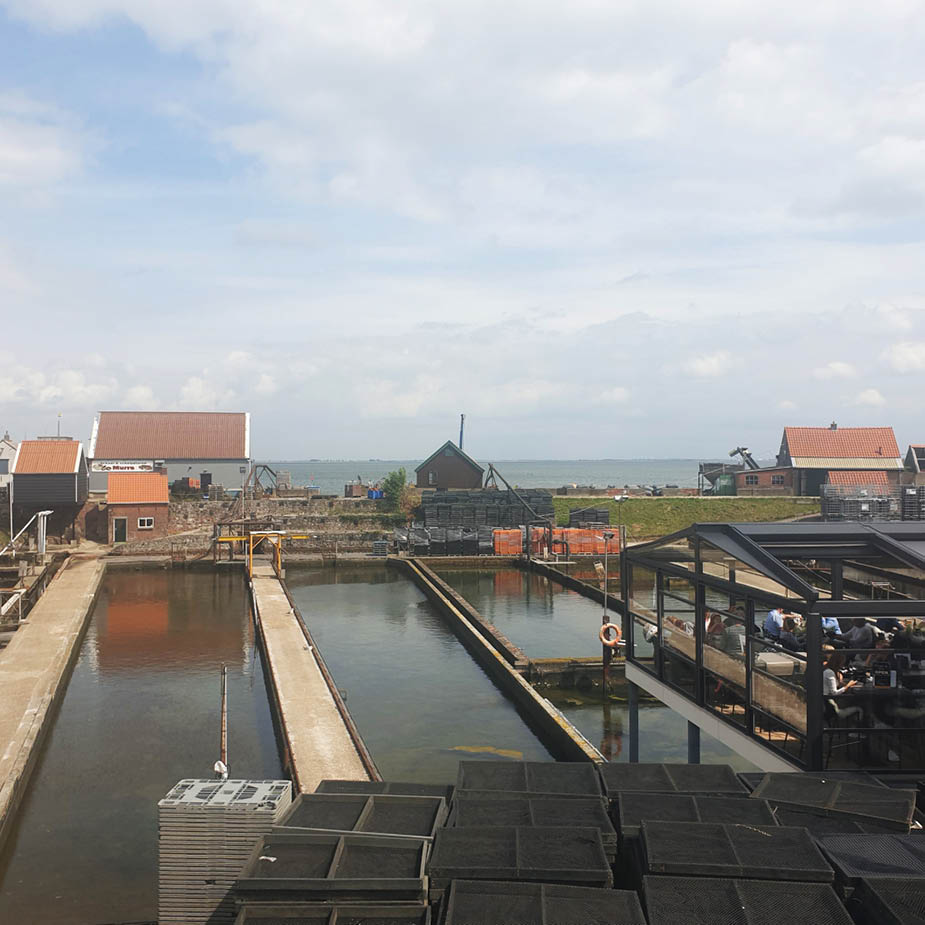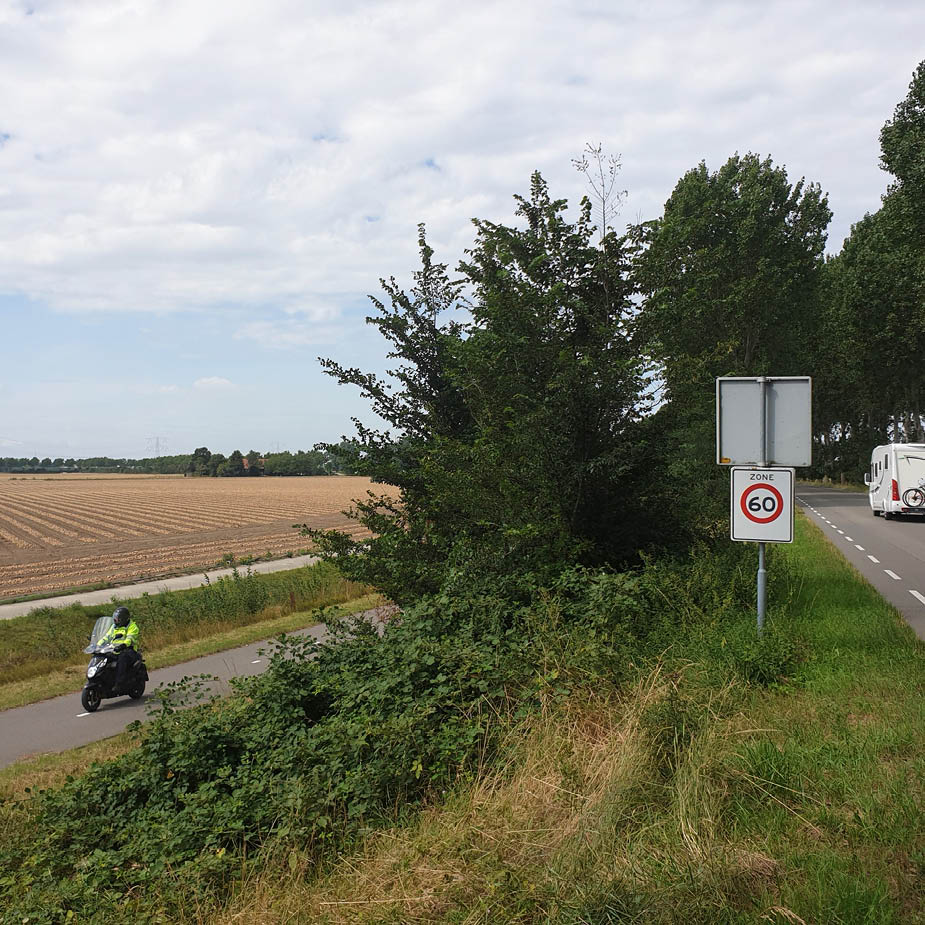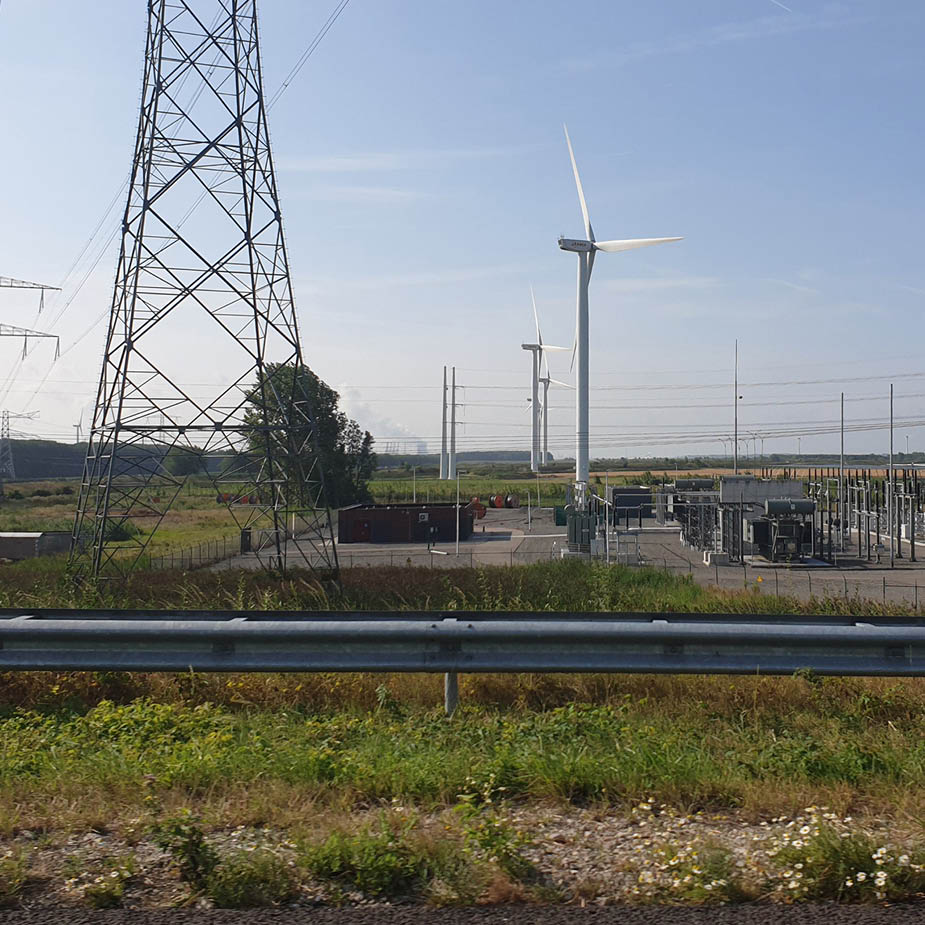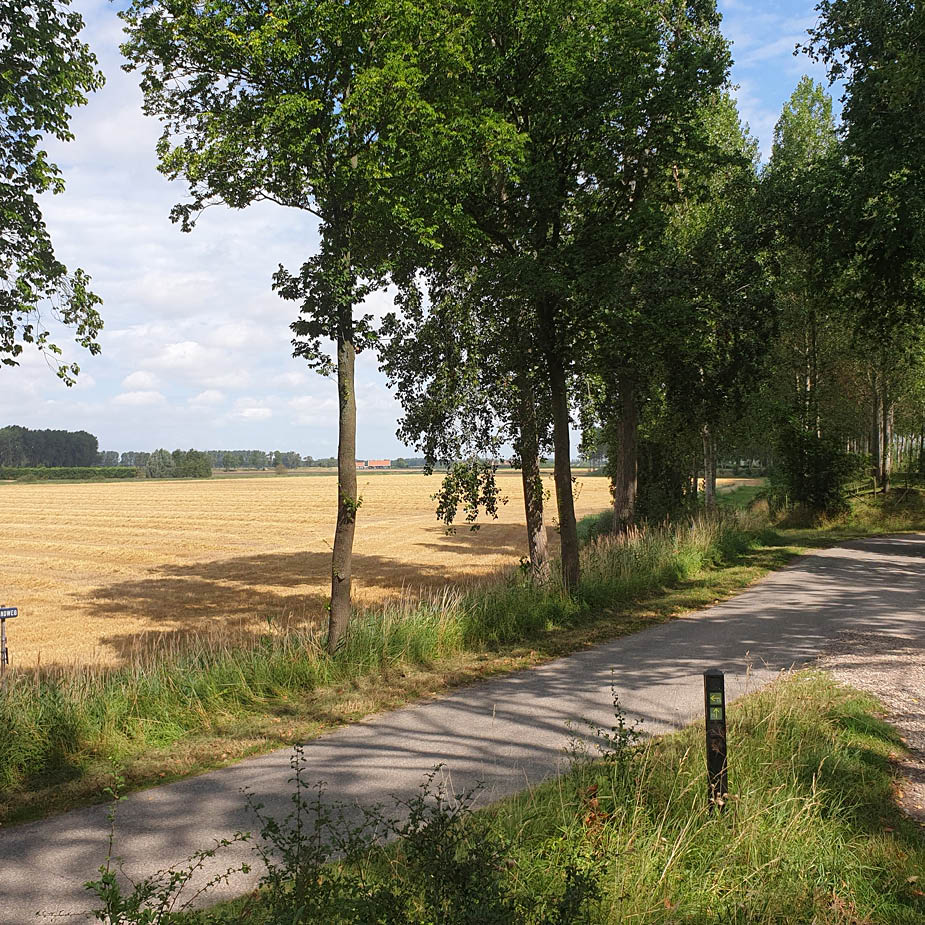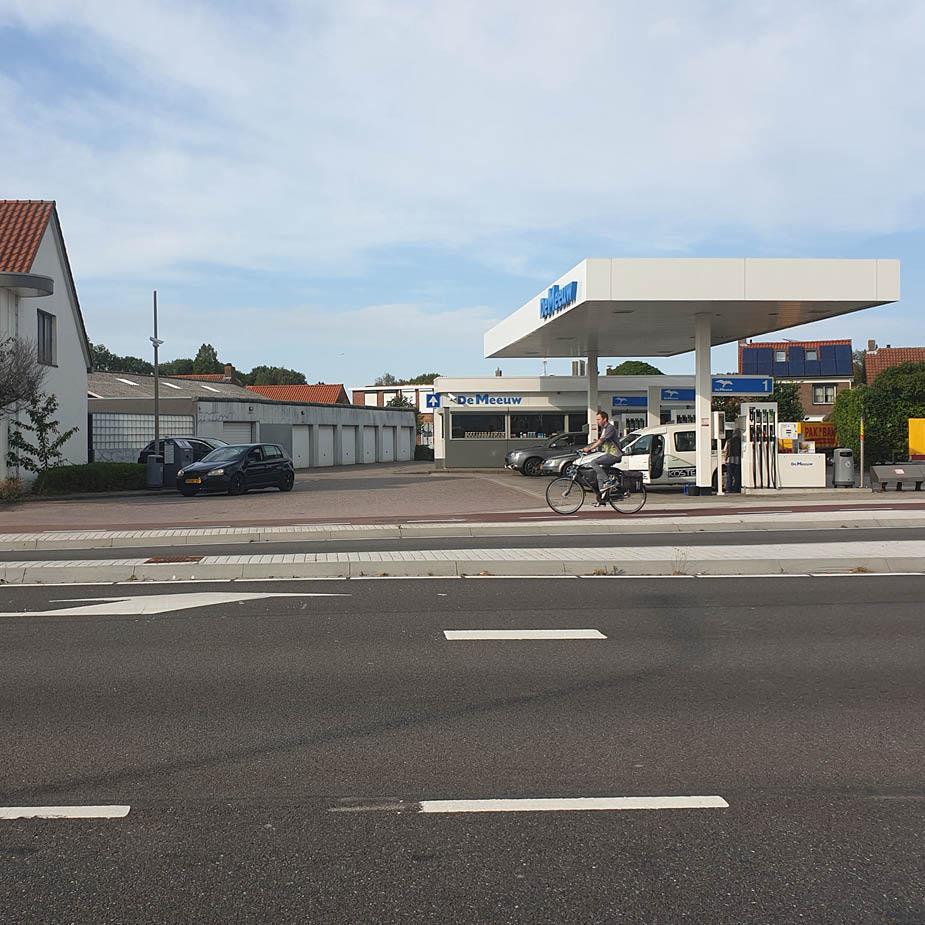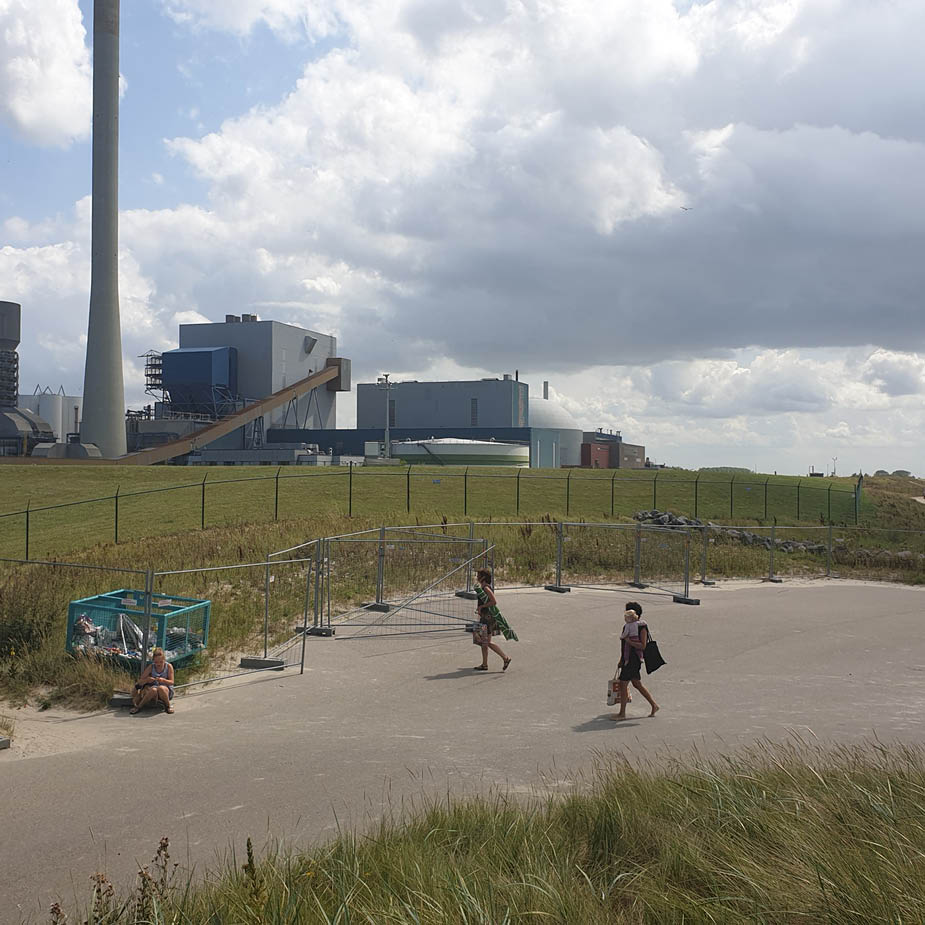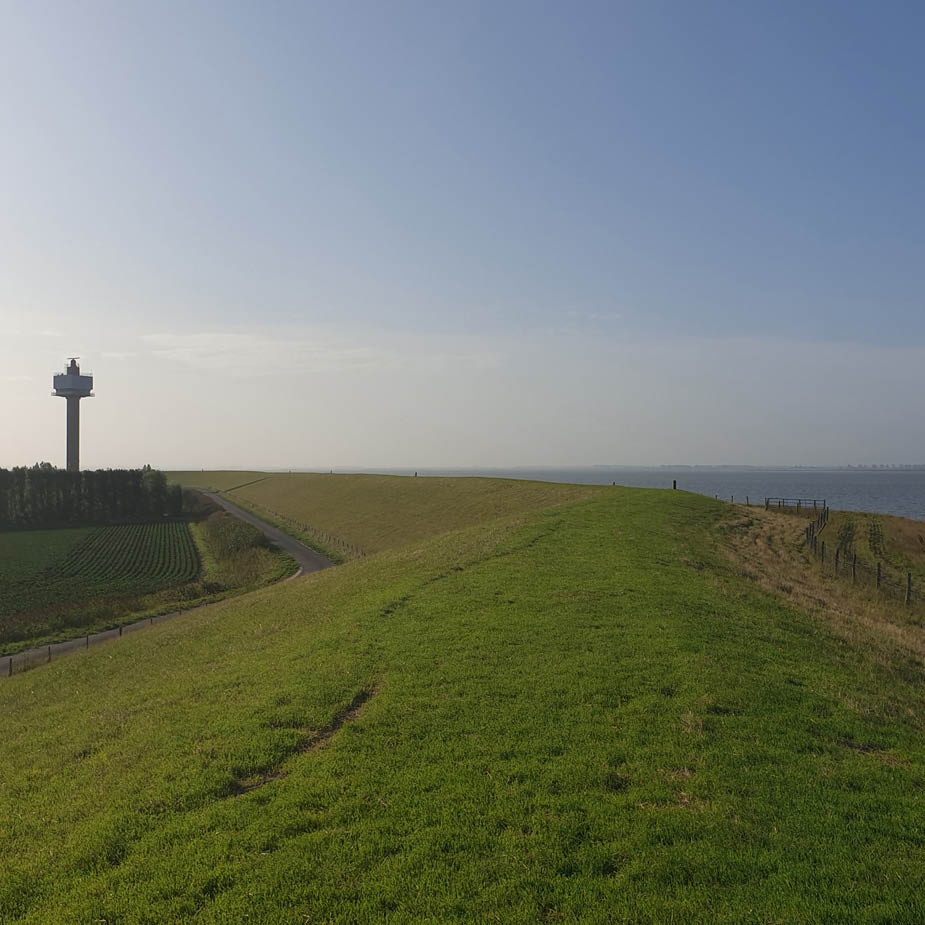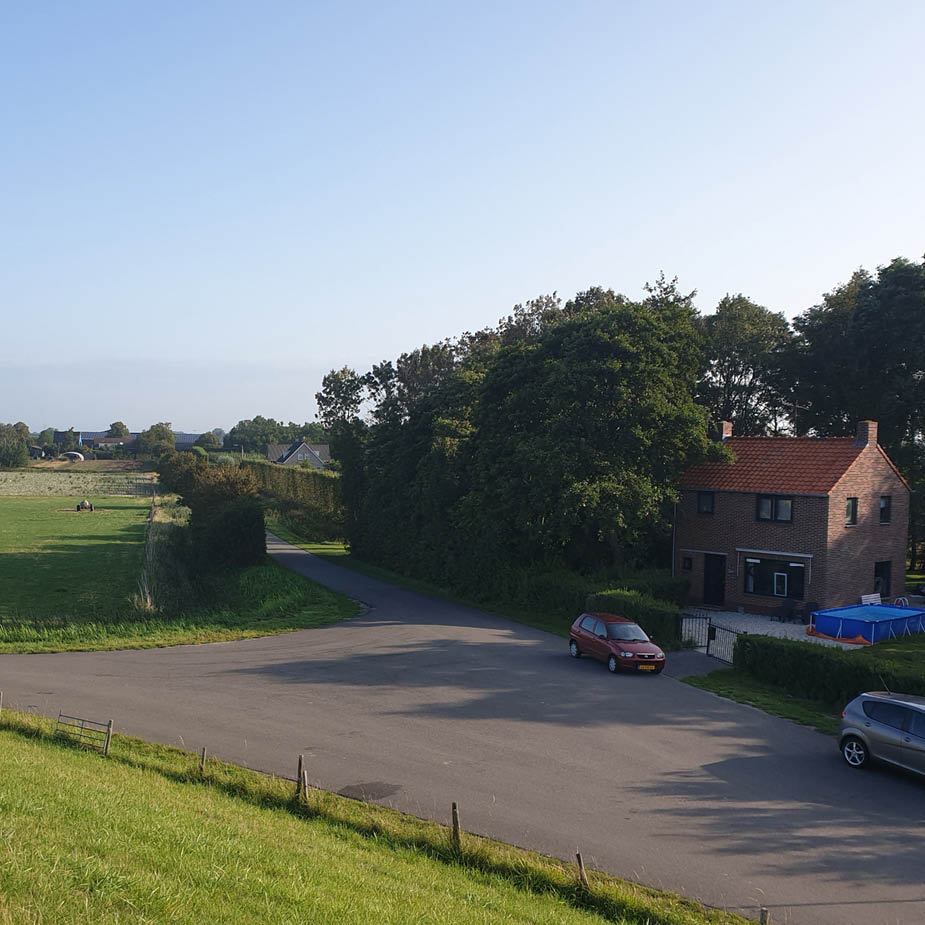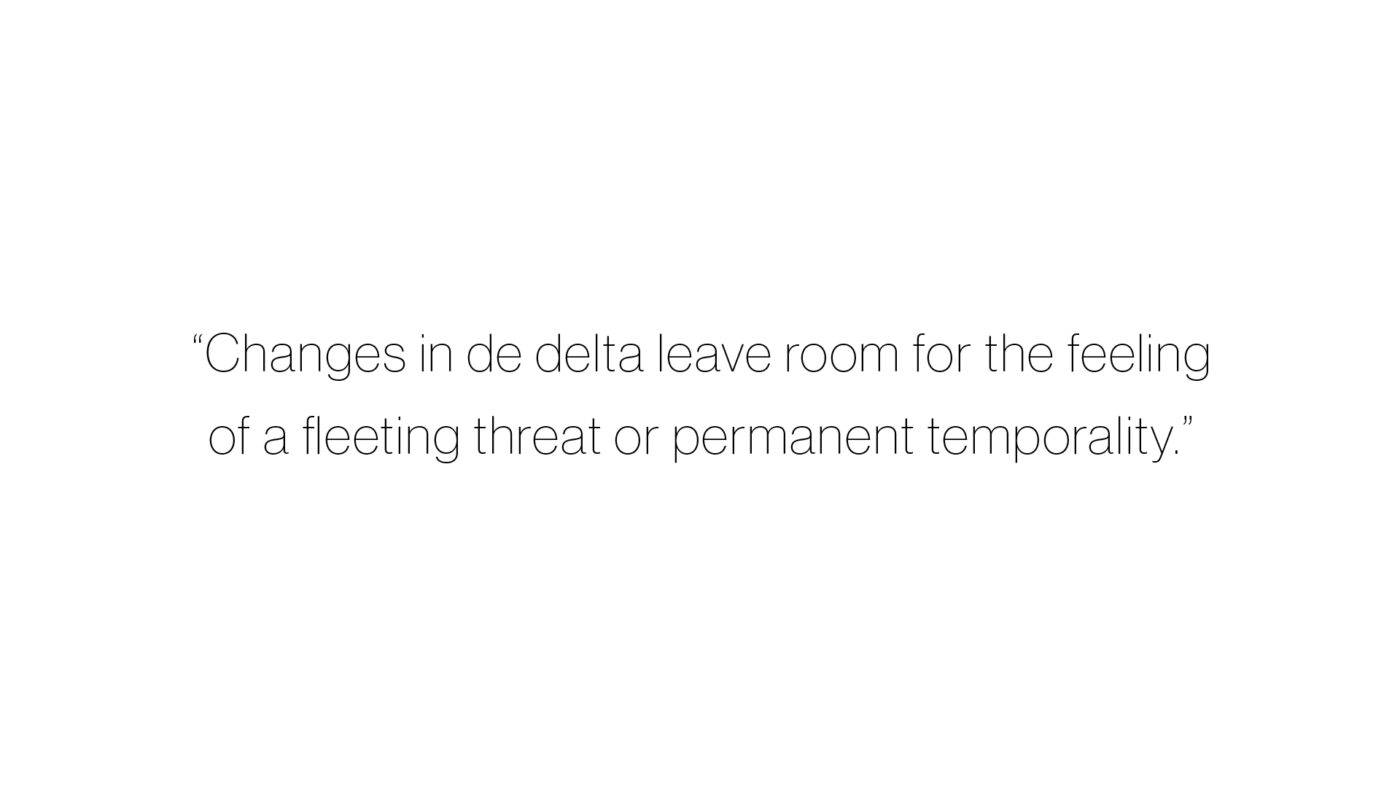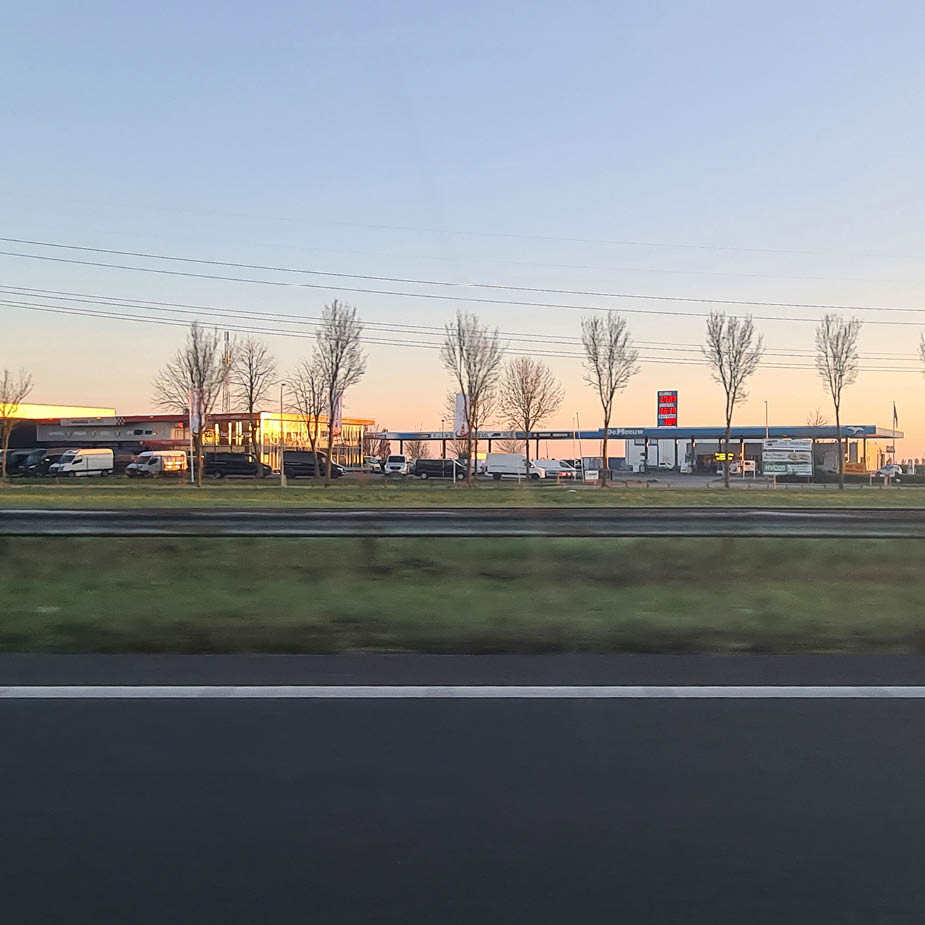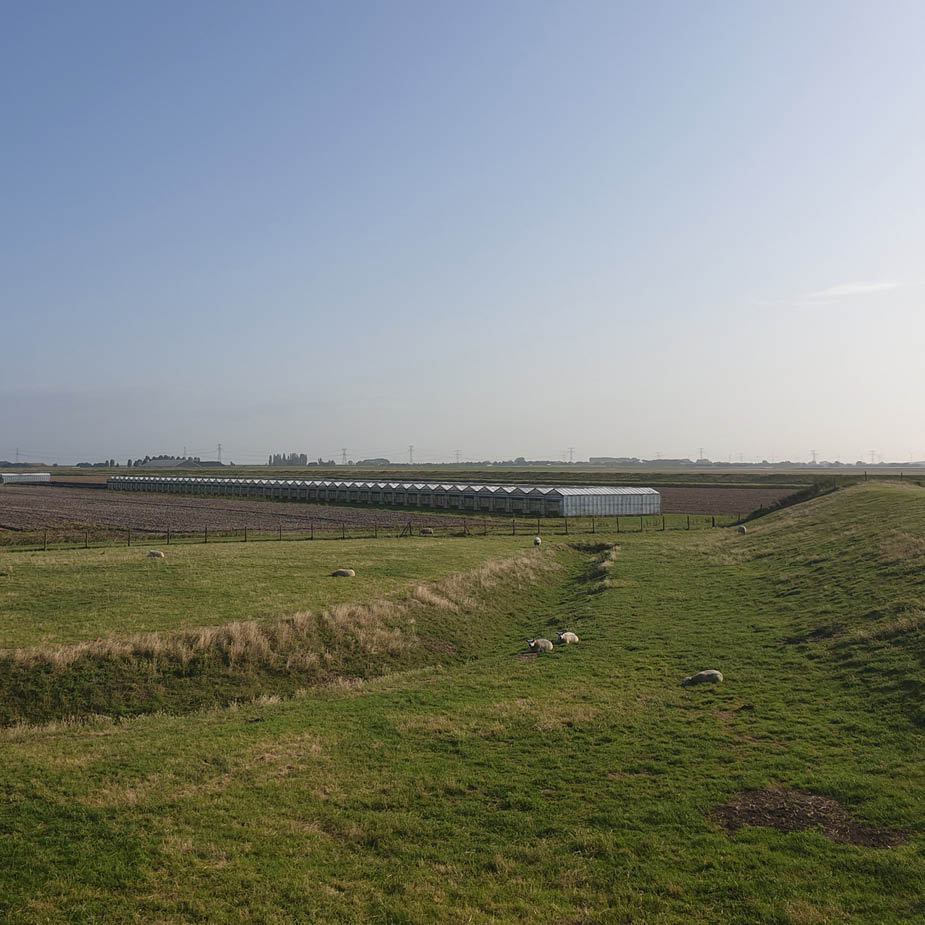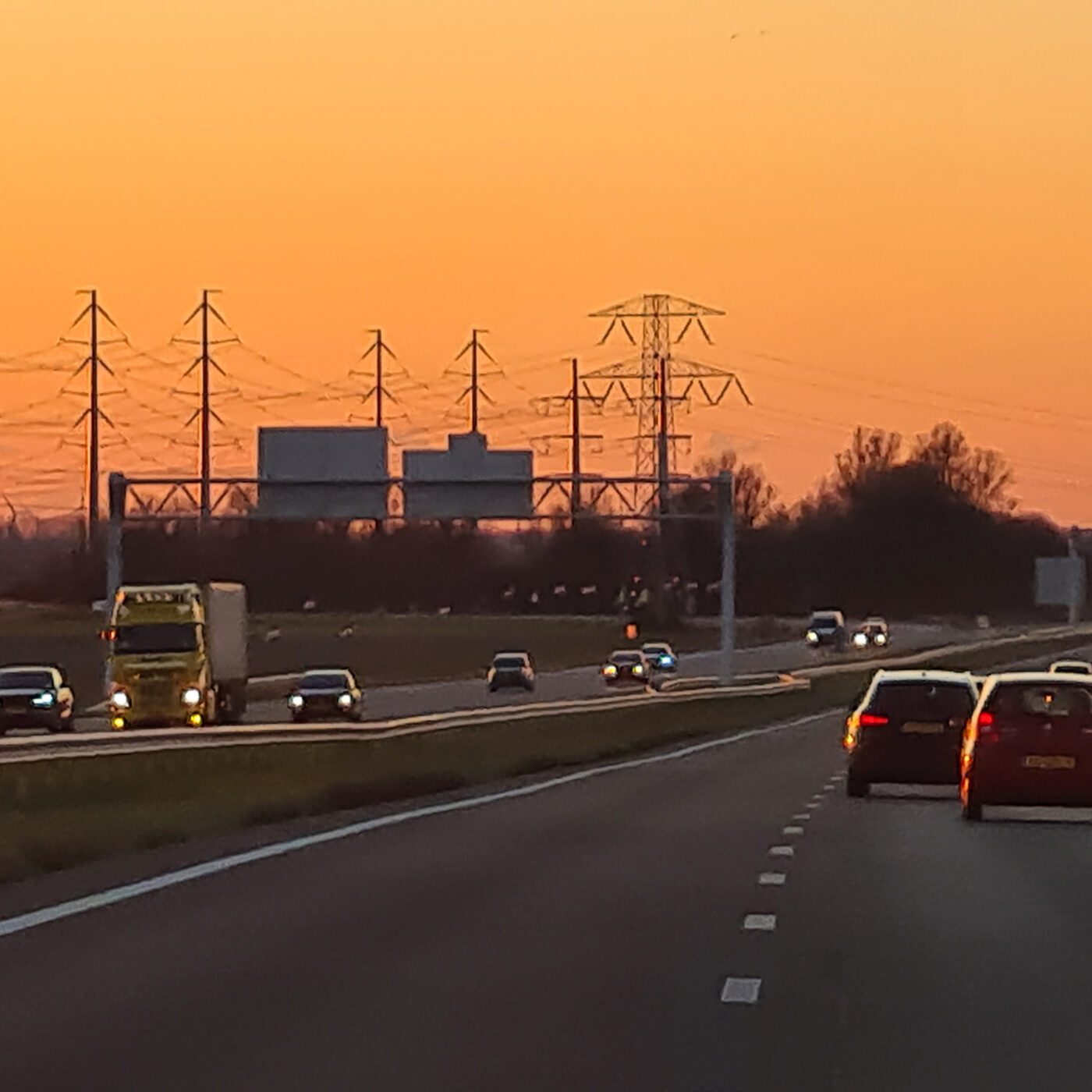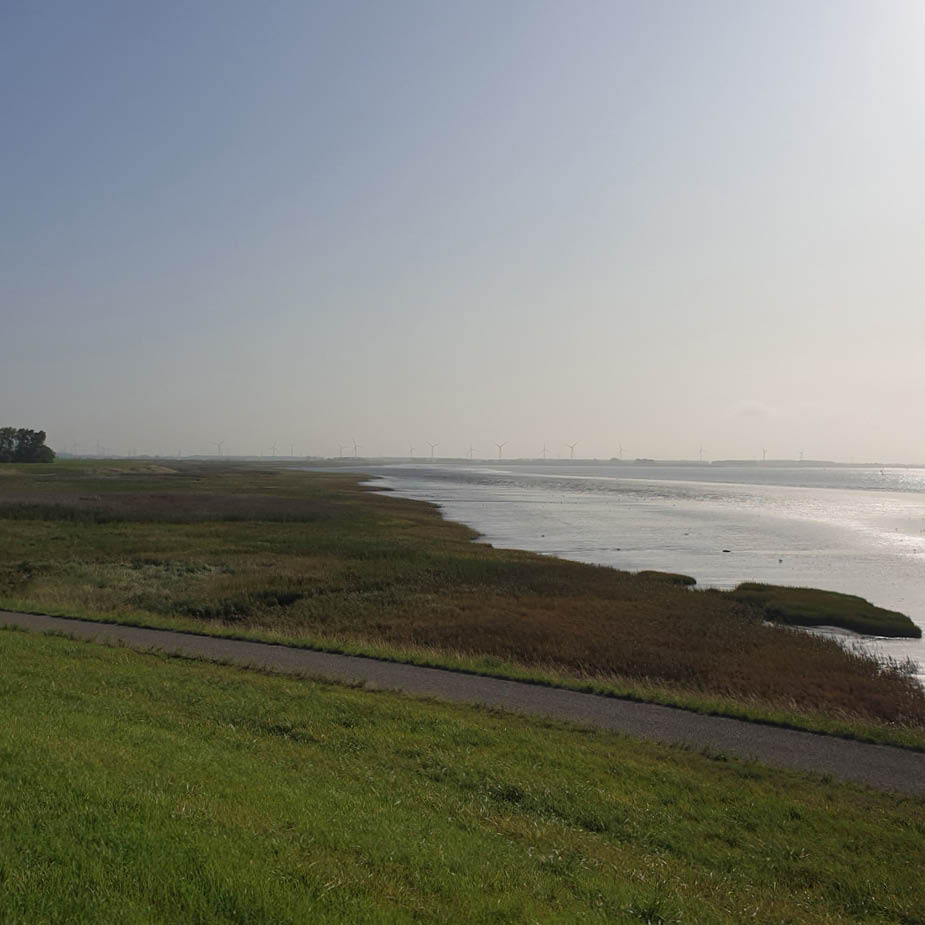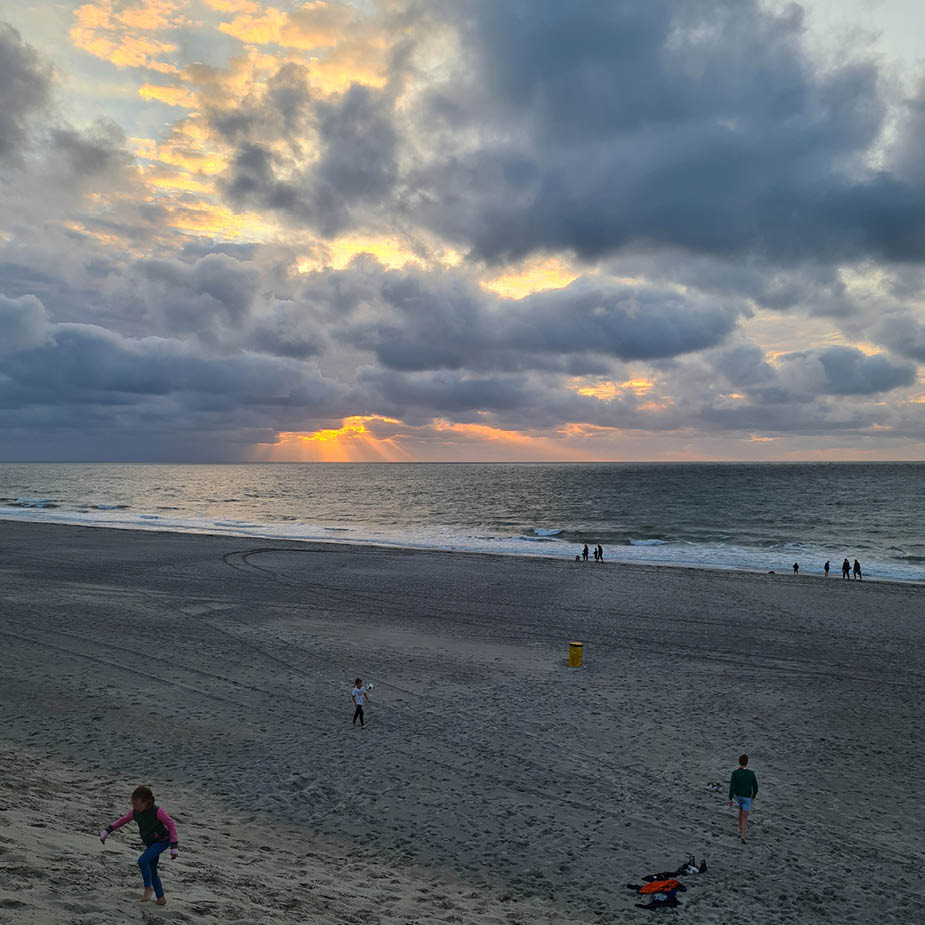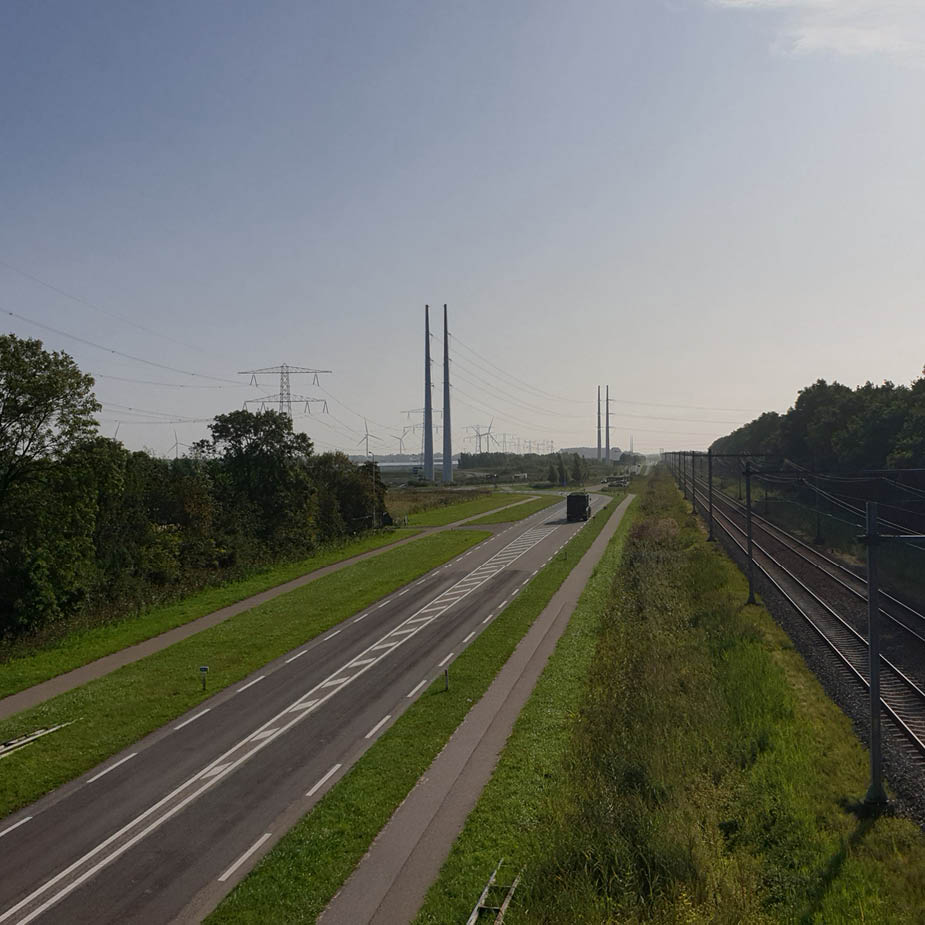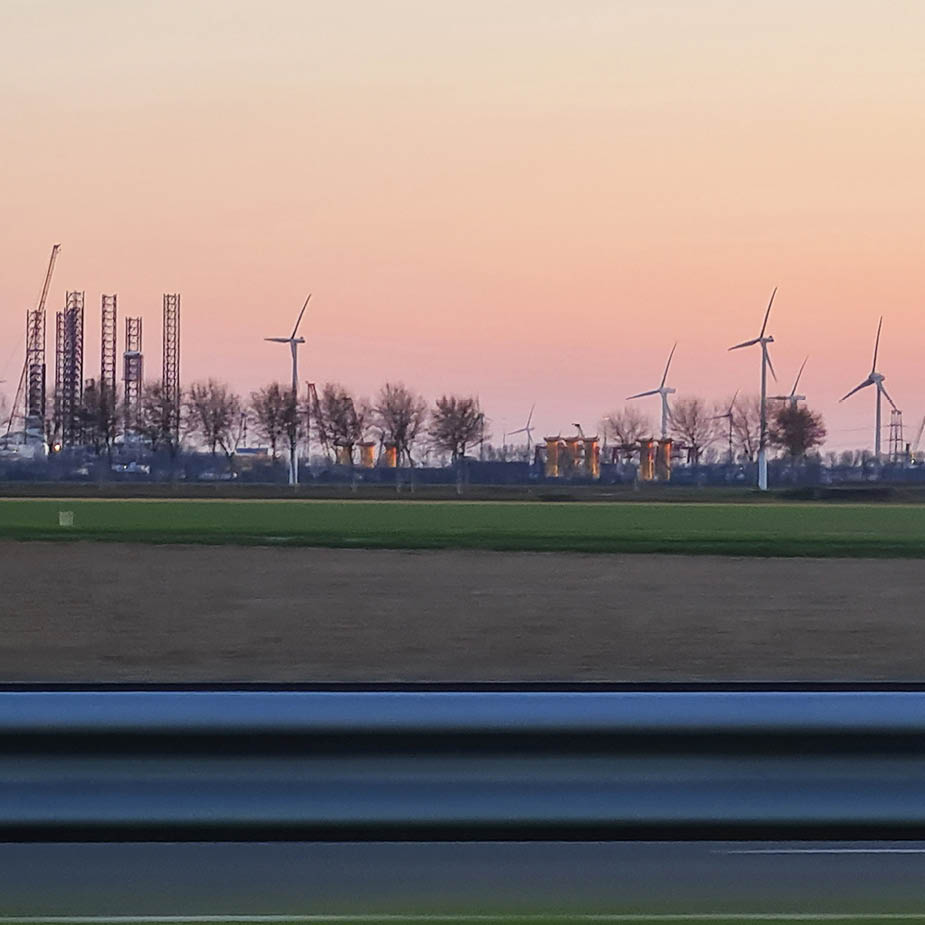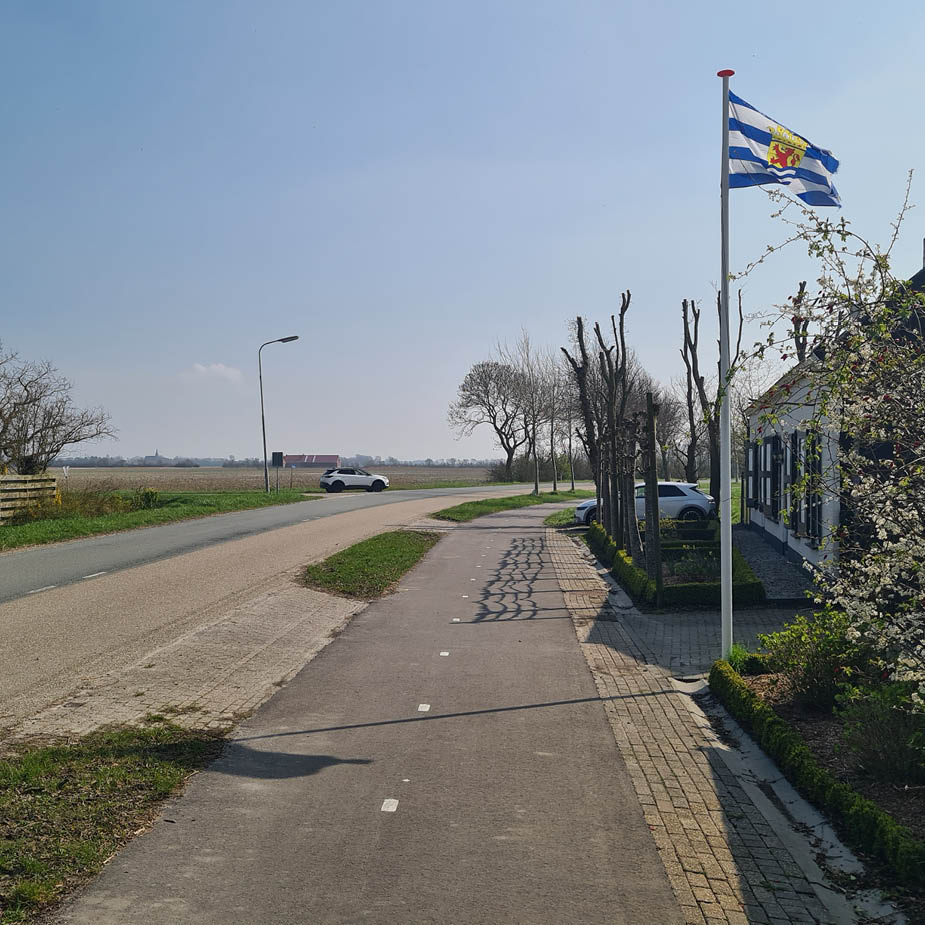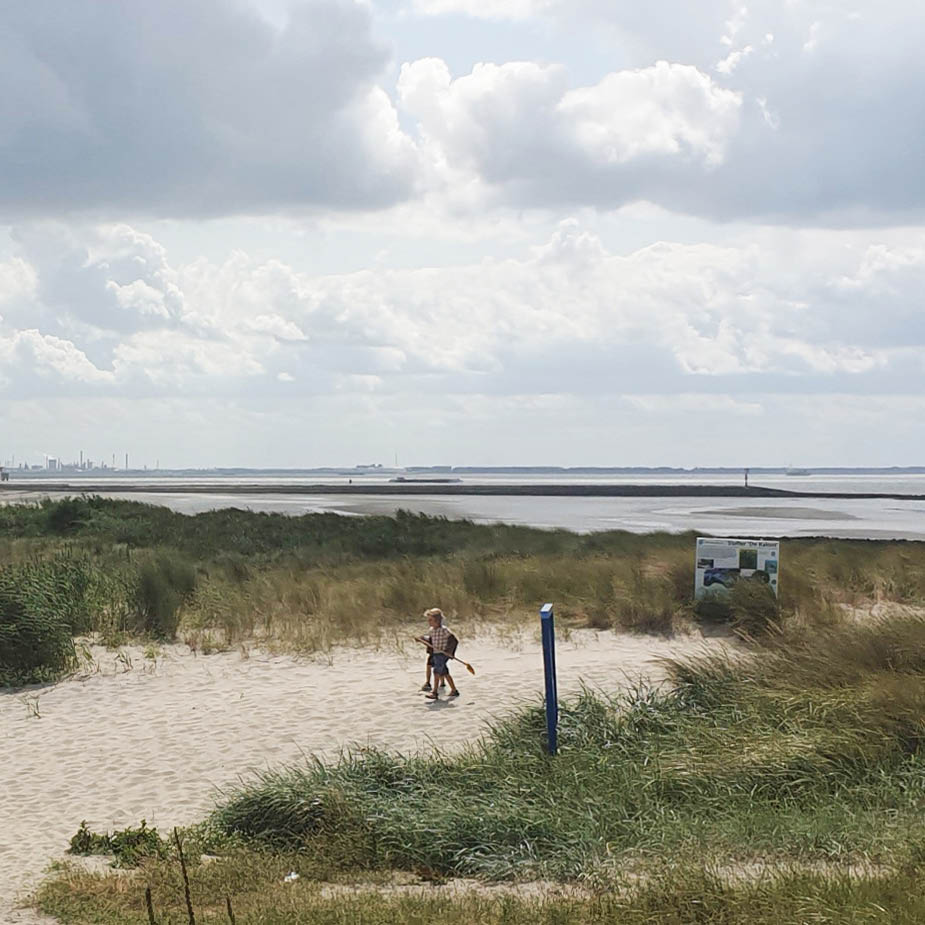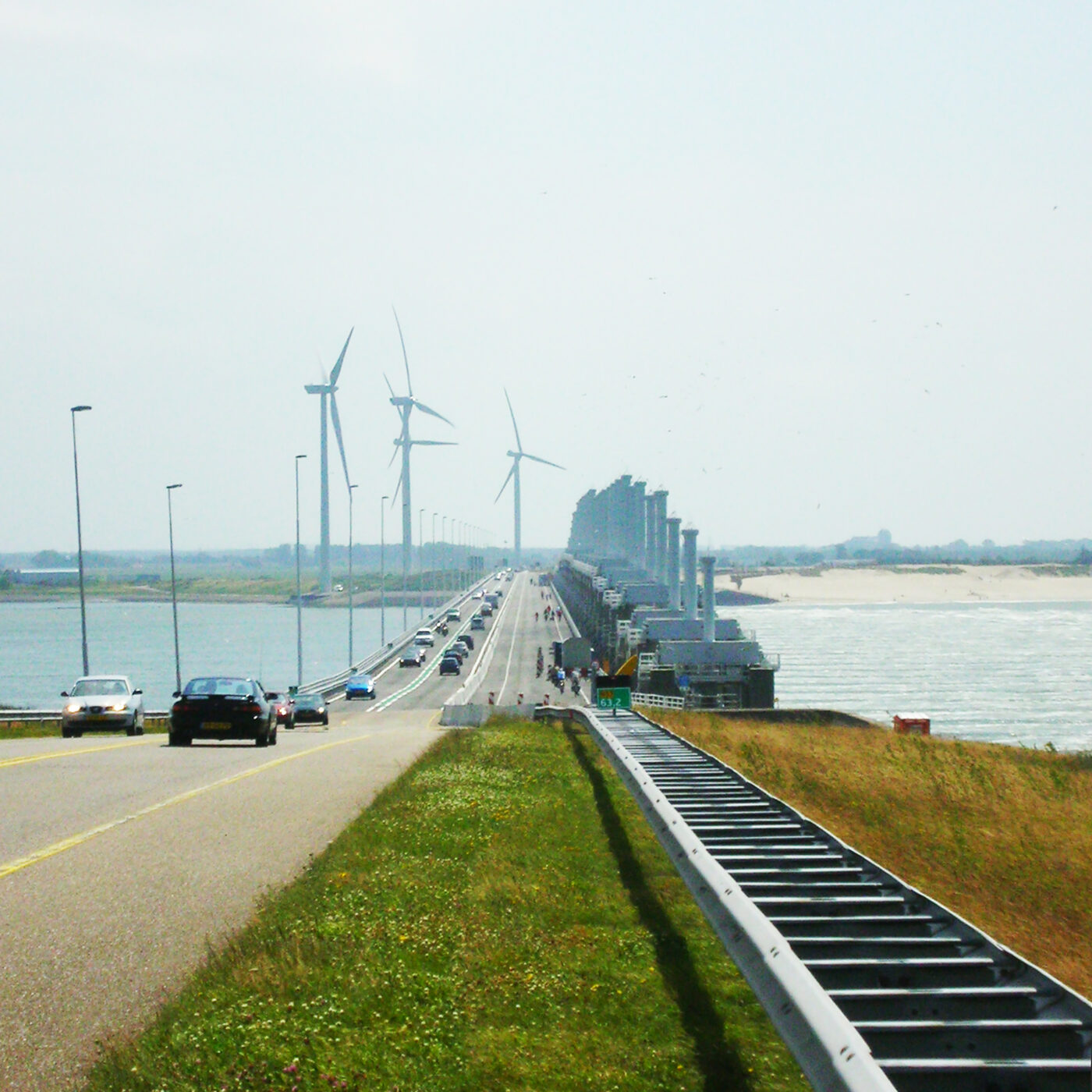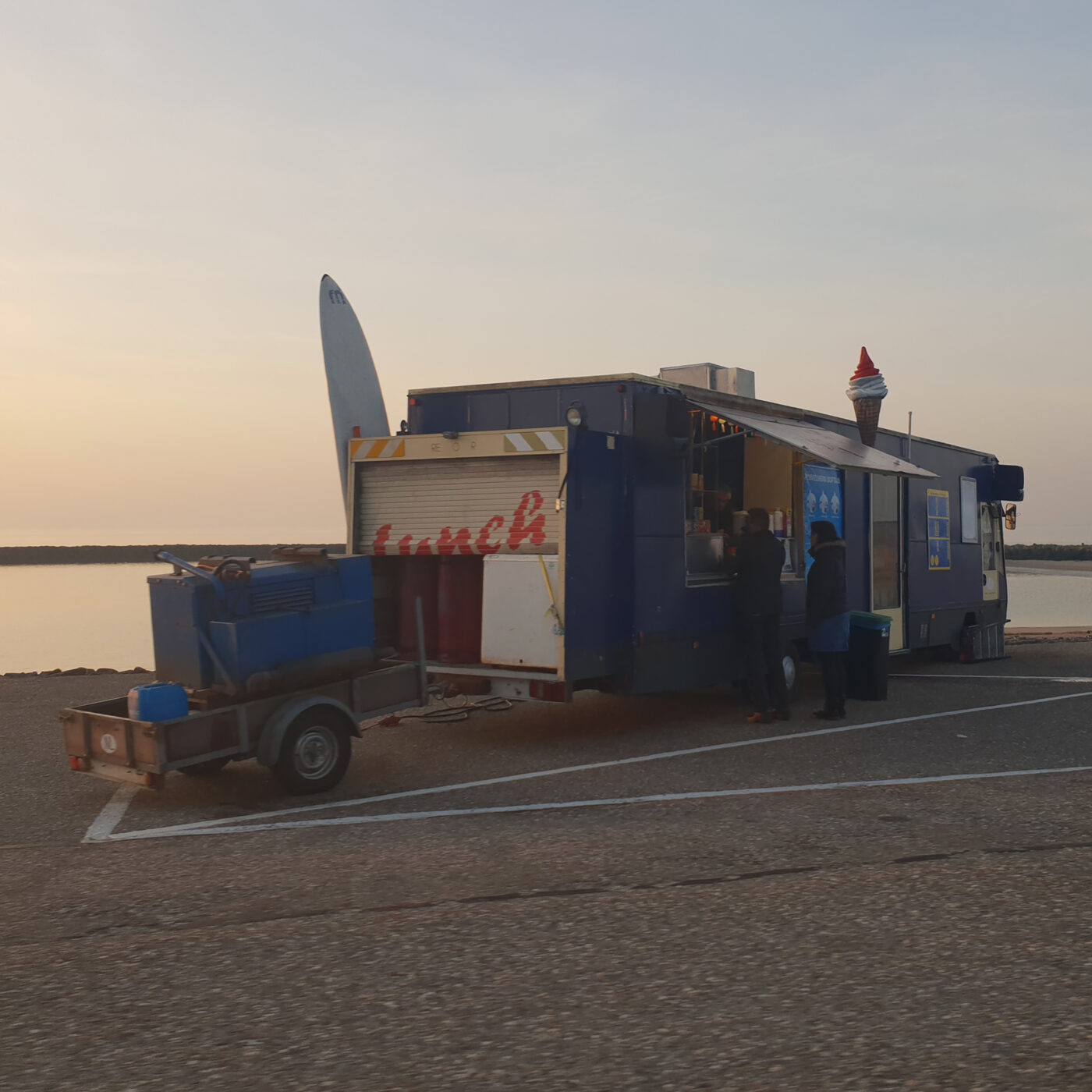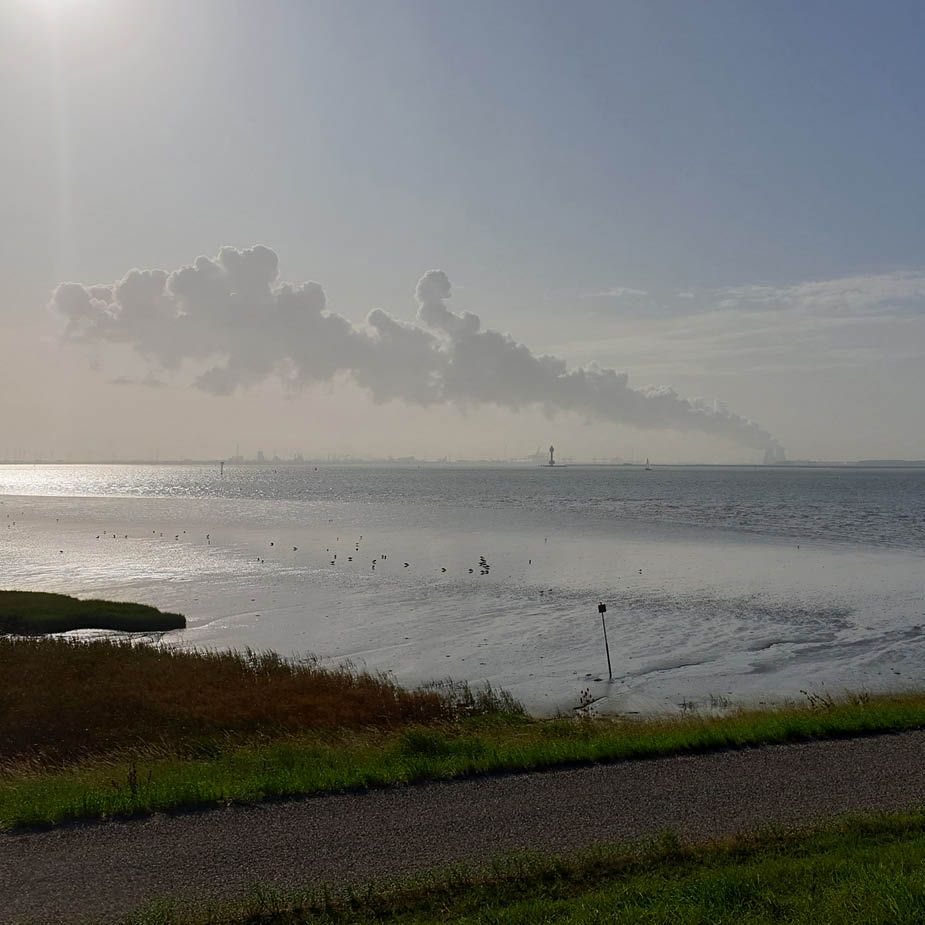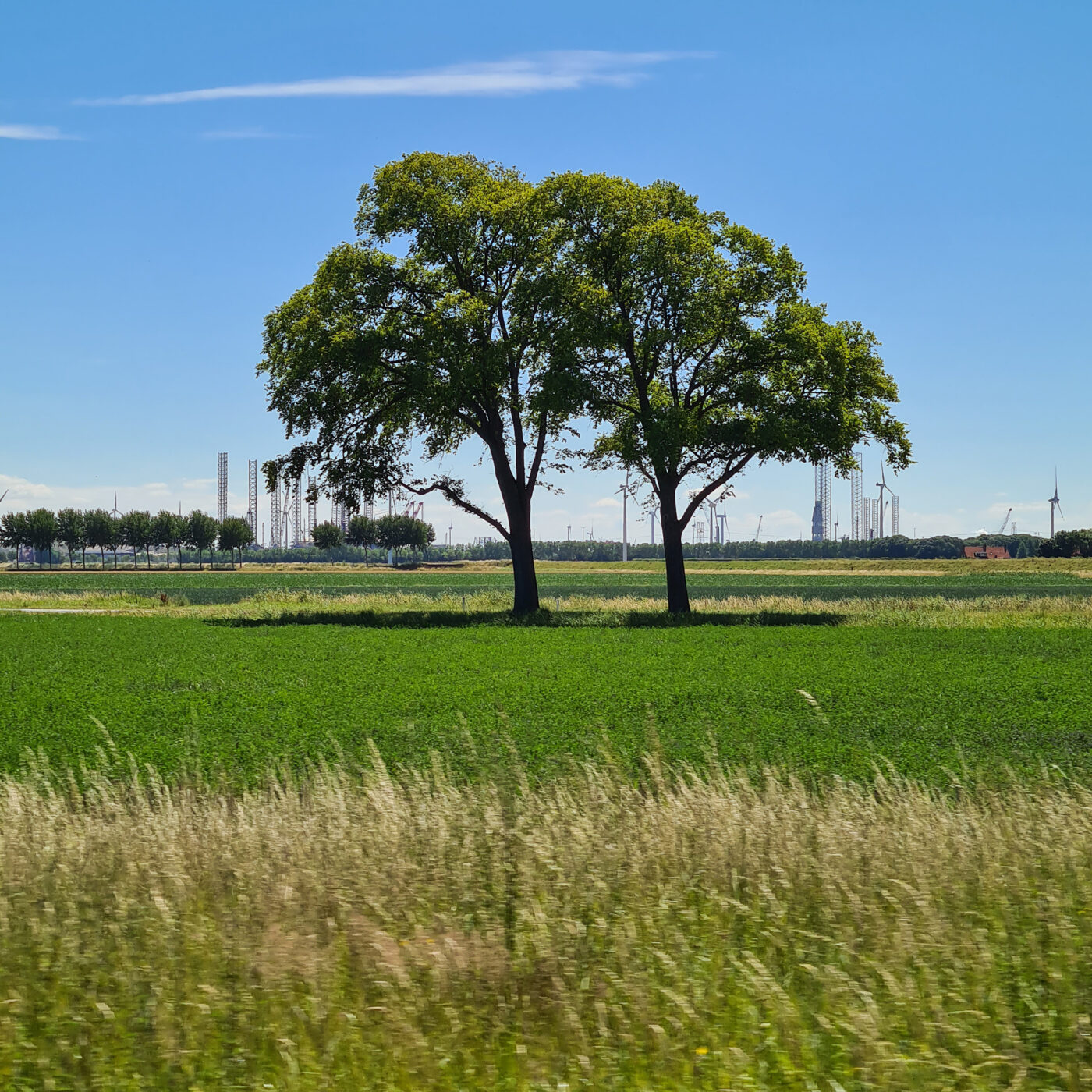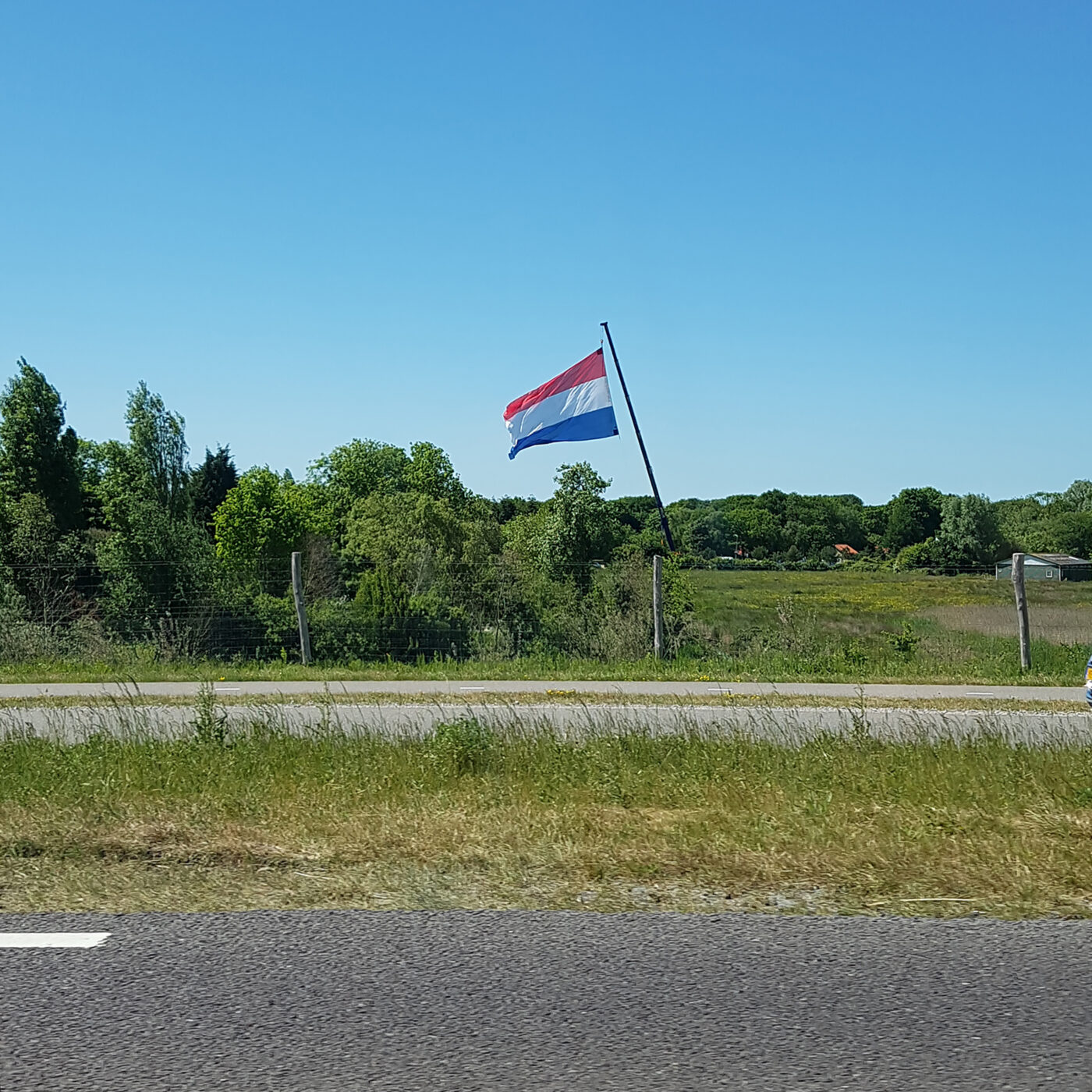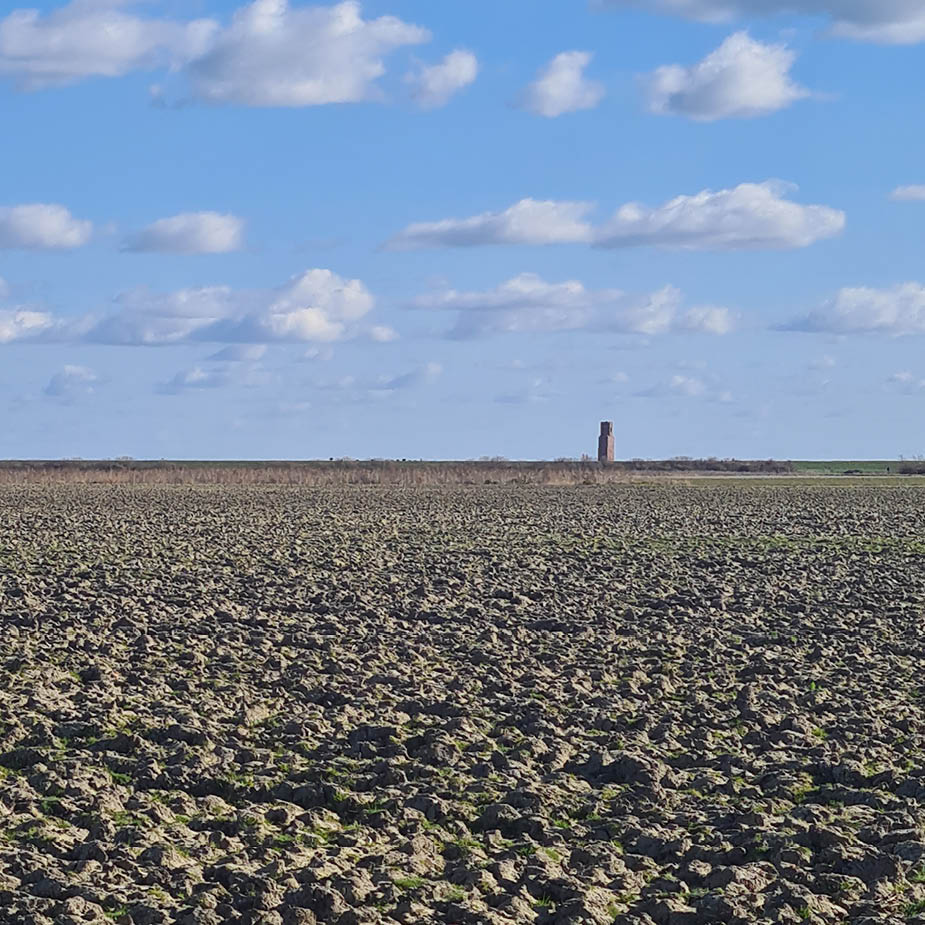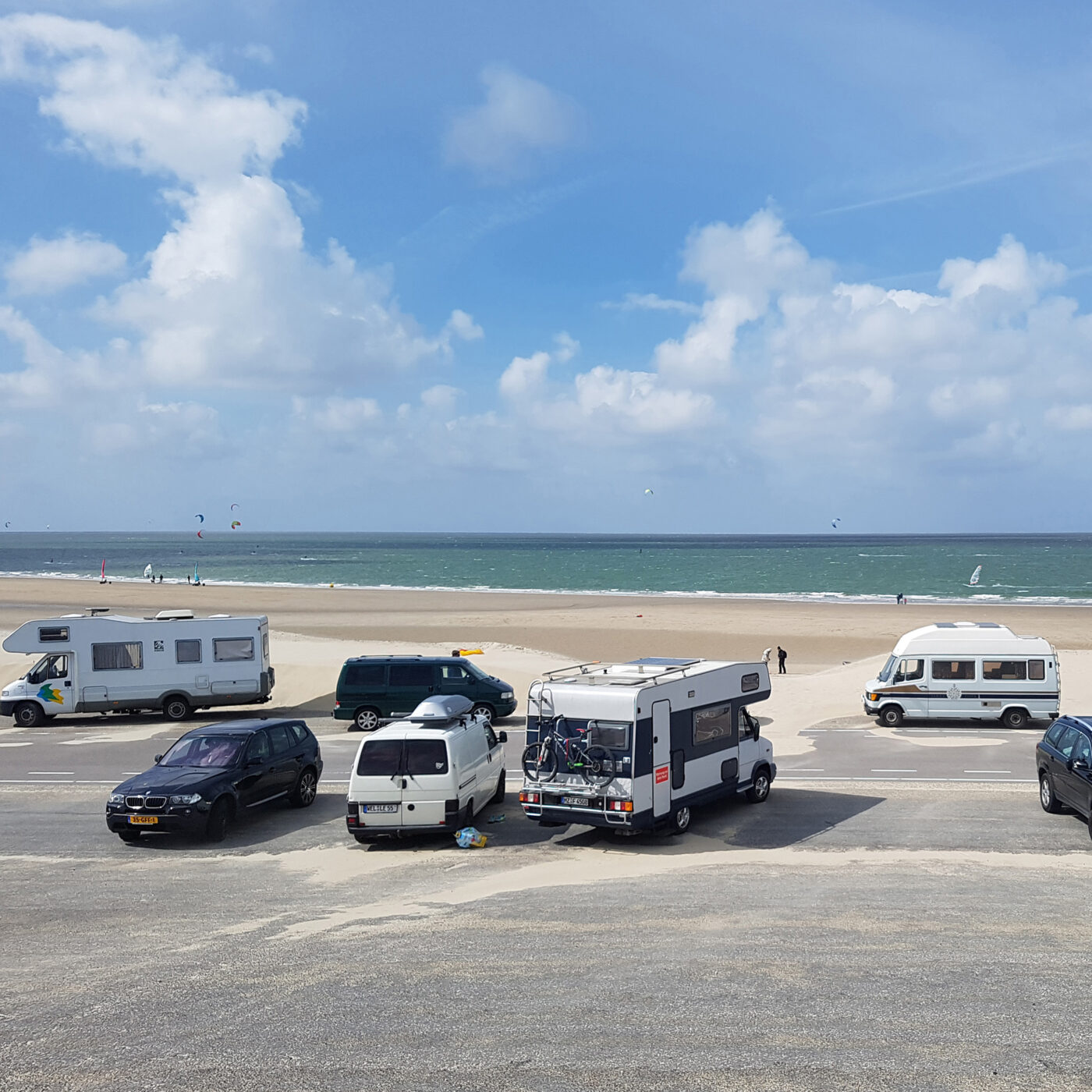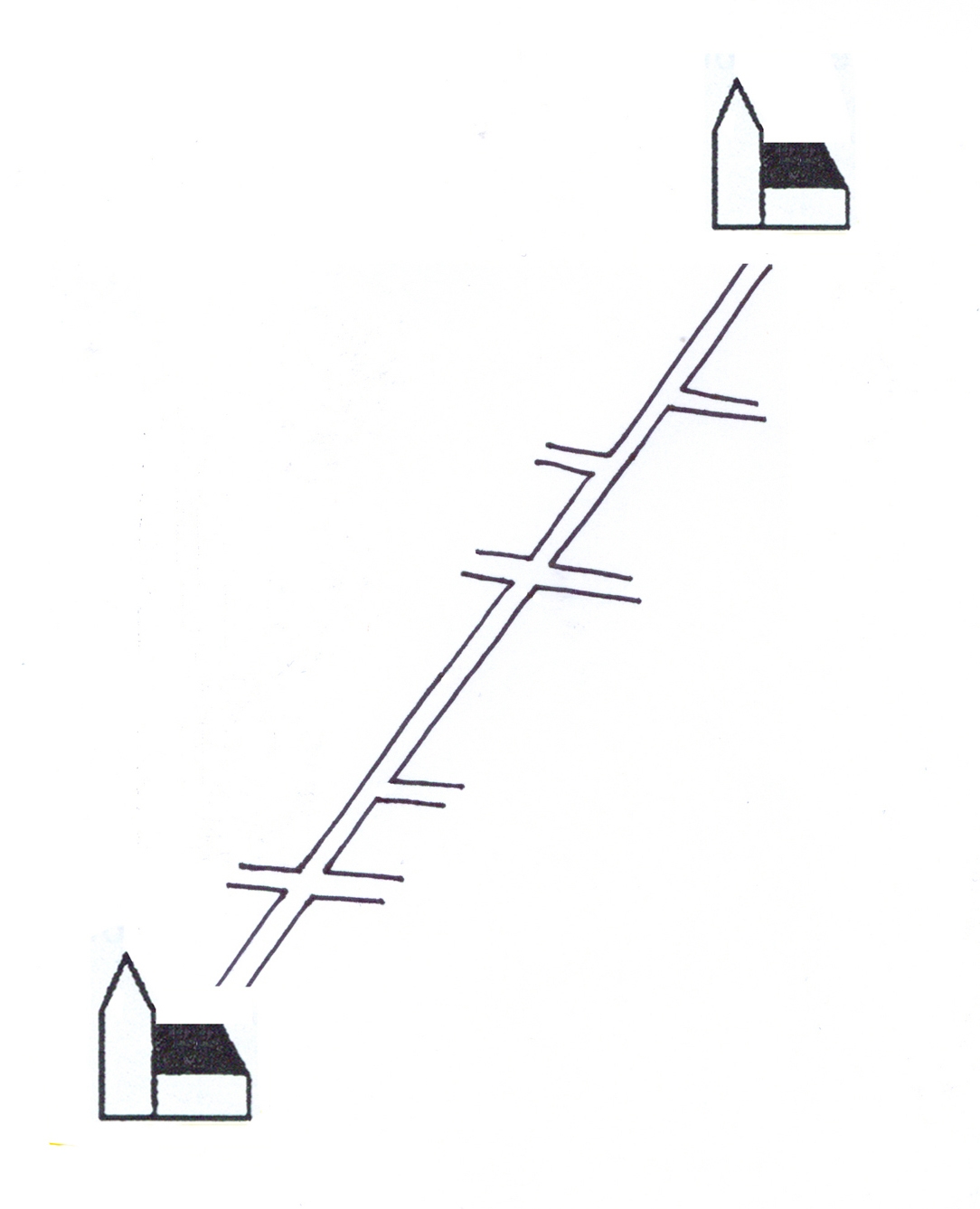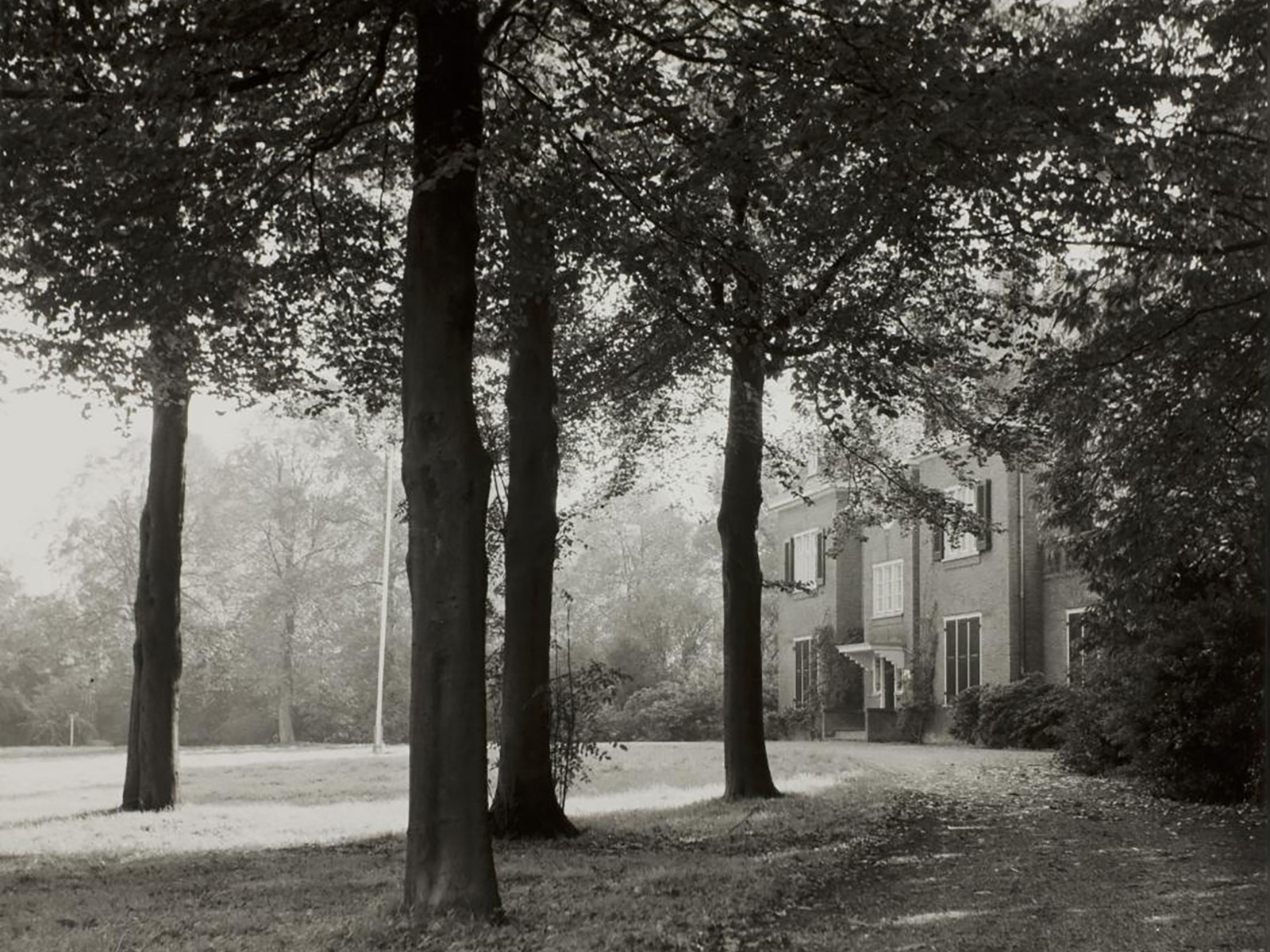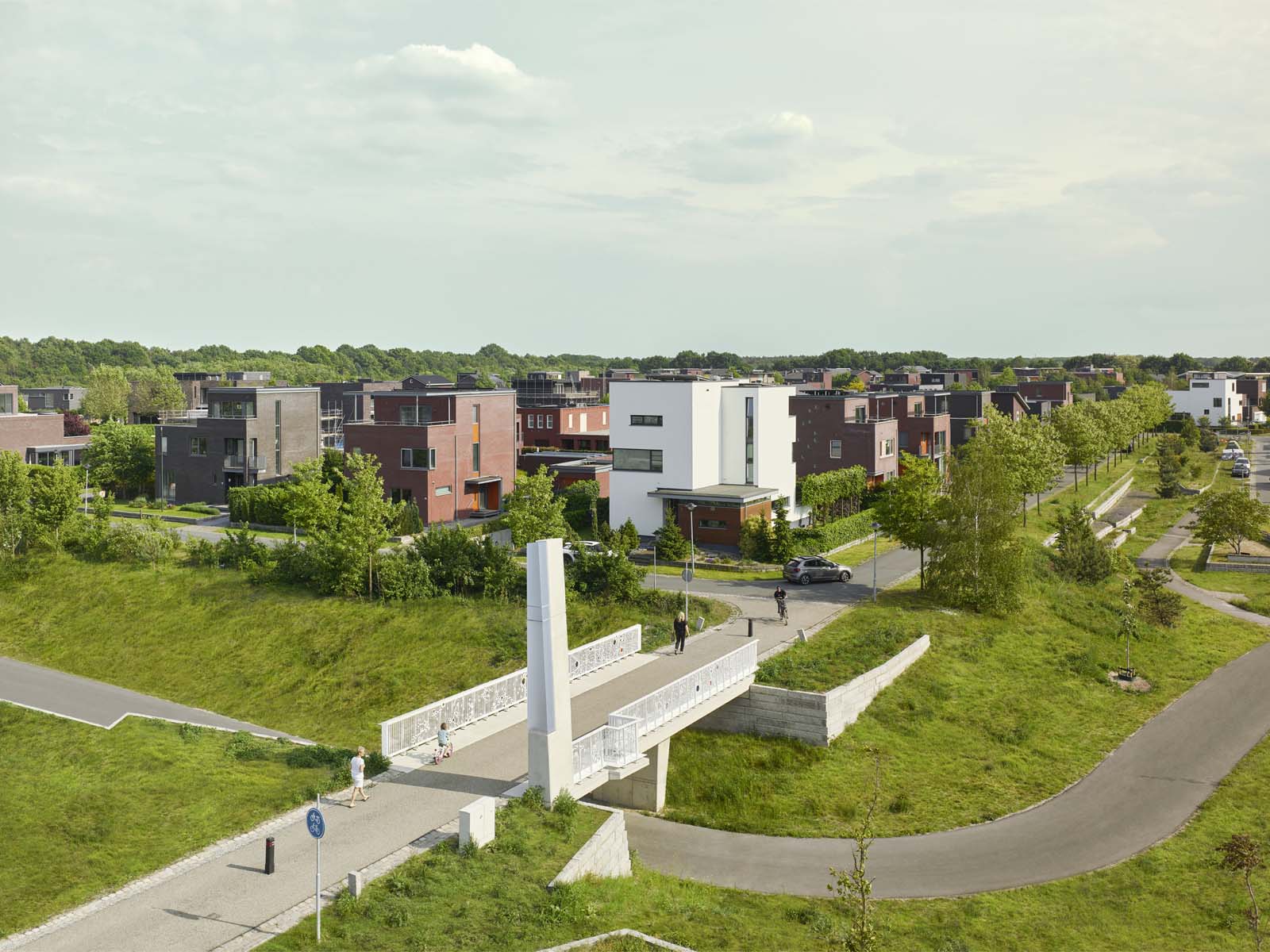The face of the Southwestern Delta of the Netherlands is being rewritten. Farmland is getting larger, the energy transition more visible, tourists more numerous and villages emptier. The interaction between land and water is becoming more diverse, new land use is coming to the surface and a new symbiosis between new users and the existing space is emerging. This photo essay tells of old certainties that disappear and a new reality that are about to take their place.
For centuries, the Zeeland archipelago was a symbolic balance of socio, agro and biodiversity. Under the eternal threat of the vagaries of water, true. In exchange for security, the Delta Works have deliberately broken the natural balance with hard borders. The inland waters collapsed behind proud high dikes. The opening up with dams and roads linking to the mainland ensured a continuous growth of tourism while a weak and subservient government has opened the doors wide to the national necessities of progress and associated infrastructure.
The changes created a muscular landscape in which the dikes, dams, towering wind turbines, mighty locks and the vastness of the water form an impressive interplay. In between, masses of tourists seep into large parts of the delta. They leave room for the feeling of a fleeting threat or permanent temporality.
This way Zeeland has long maintained the illusion of a vital rural region. But here and there the cracks show themselves, like a slow disaster that is taking place in Zeeland. Through a combination of service, modesty and division, the region can hardly resist the destructive patterns that are creeping up in Zeeland. The close bond between the numerous small towns and villages and the surrounding farmlands, the experience of the seasons, the yield of hard work and the experience of divine providence that for centuries gave their blessing to Zeeland’s existence, is in doubt.
The ease with which the grandeur and diversity of the delta can be portrayed is the poignant mirror image of a slow disaster unfolding in the region. The vitality is under pressure, the peripheral advantages of the delta are turning against its own population. What comes in return has its own beauty and charm. The old reality of small cores surrounded by agricultural openness and the new reality that eagerly makes use of natural space and remoteness cannot be denied either. Two versions of the truth in search of a new common reality.
